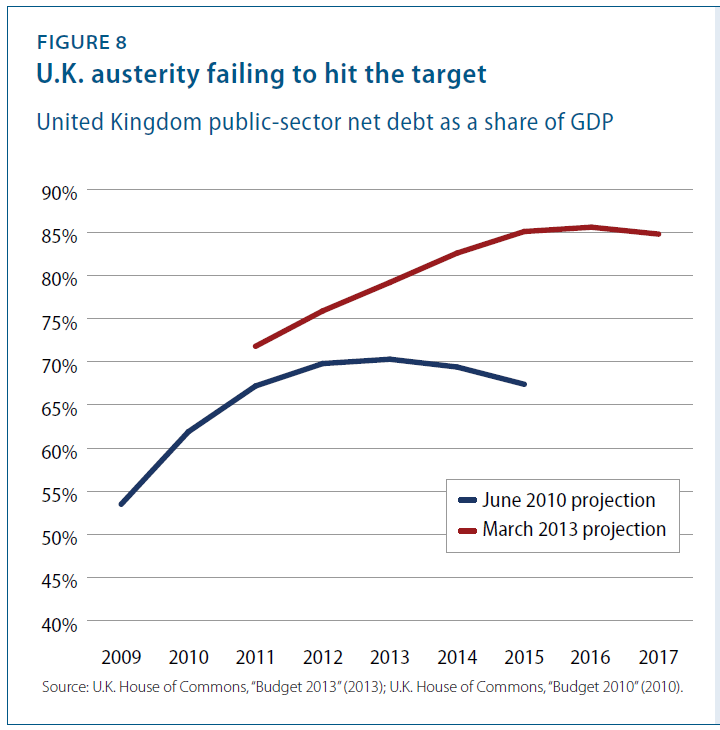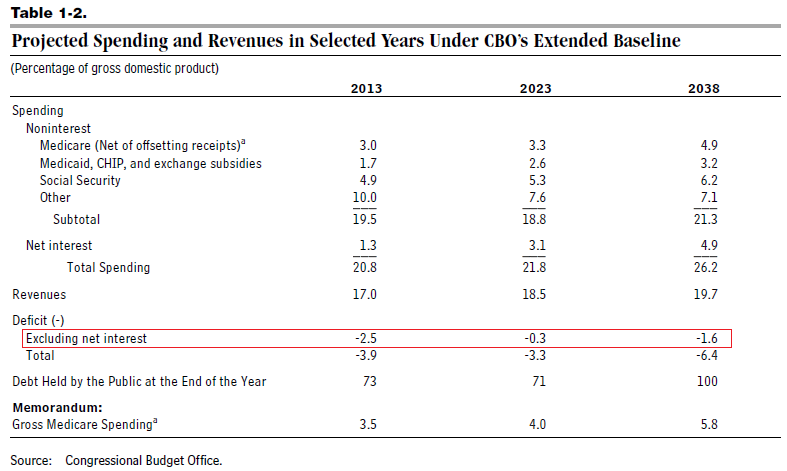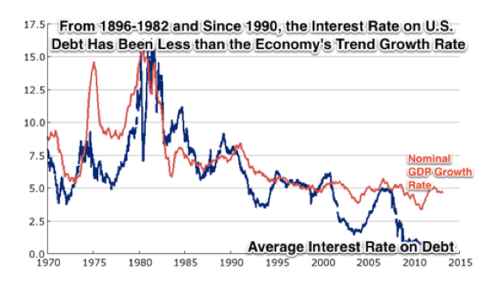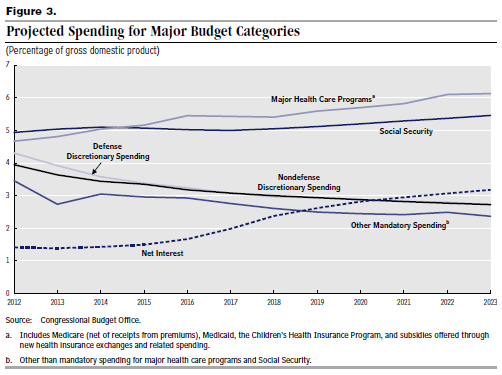Minsky Does Rio: Notes from a Conference
I recently returned from a conference in Brazil jointly sponsored by the Levy Economics Institute, the Ford Foundation, and the Brazilian research group MINDS. It is part of a bigger project to take Hyman P. Minsky global. In my view, Minsky was hands-down the greatest economist of the second half of the twentieth century and he deserves the attention he’s getting. Watch for an upcoming film by Monty Python’s Terry Jones that will feature Minsky and his work. Minsky will even make an appearance—or, more accurately, a bigger-than-life Minsky puppet will be in the film. (Steve Keen and I were also interviewed.)
Minsky the puppet had to travel from England to NY for filming. Question: how do you transport a huge puppet across the Big Pond? Well, you buy him a seat, of course! It would have been worth the price of airfare to be on that flight, buying Minsky a drink.
In any event, I’m going to focus my comments around the conference’s kick-off presentation by the always entertaining Paul McCulley, formerly the brains behind PIMCO. I was sitting with Paul right before his talk, during which he apparently put the whole thing together. He asked for three fundamental principles to structure his presentation. In a matter of minutes he came up with three, fleshed them out, and then gave the kind of performance that only Paul can give. Herewith follows my recollection of his points along with my comments on each.
Principle 1: Microeconomics and Macroeconomics are inherently different disciplines. Macro is demand-side; micro is supply-side. For any practical time horizon, demand always drives supply.
For those who have been trained in economics, and then had to suffer through the mainstream preoccupation with the supposed “micro foundations of macro,” or even with the heterodox arguments for “macro foundations of micro,” Paul brilliantly cut to the chase: the twain do not meet in any way that matters. continue reading…







 ShareThis
ShareThis